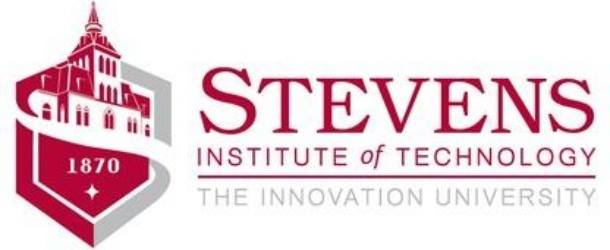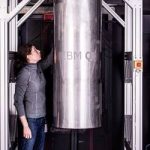Prototype ‘Quantum Lock’ May Foreshadow Super-Secure Applications

(SpectrumIEEE) A facial lock developed by researchers at Stevens Institute of Technology involves simultaneously creating twin particles of energy that somehow communicate with one another, across distances.
“These quantum properties are going to change the internet,” predicts Huang, who directs the university’s Center for Quantum Science & Engineering and works with graduate students including Lac Nguyen and Jeeva Ramanathan on the quantum lock project. “One big way it will do that is in the enabling of security applications like this one, except on much larger scales.
When people stand in front of the camera attached to the lock, the Stevens setup captures information about each person’s face and sends it over the internet to a server housed in a different part of the university. There, facial-recognition computations and matches are done using open-source software.
The data exchanged between the two parties is secured by fundamental laws of physics.As facial photos are taken by the video camera, lasers in Huang’s physics lab create twin photons — tiny, power-packed particles of energy — by splitting beams of light with special crystals.
The twin photons are then separated. One photon is kept in the lab while the other is sent through fiber-optic lines back to the library. Complex, secret “keys” are instantly generated as the photons are detected at each site; this process will ensure that the secure information meets up with a trusted partner at the other end of the transaction.
The keys serve as what’s known in cryptography as a “one-time pad”: a temporary, uncrackable code between the parties that encrypt the images and communications, preventing any hacker from intercepting them.



















